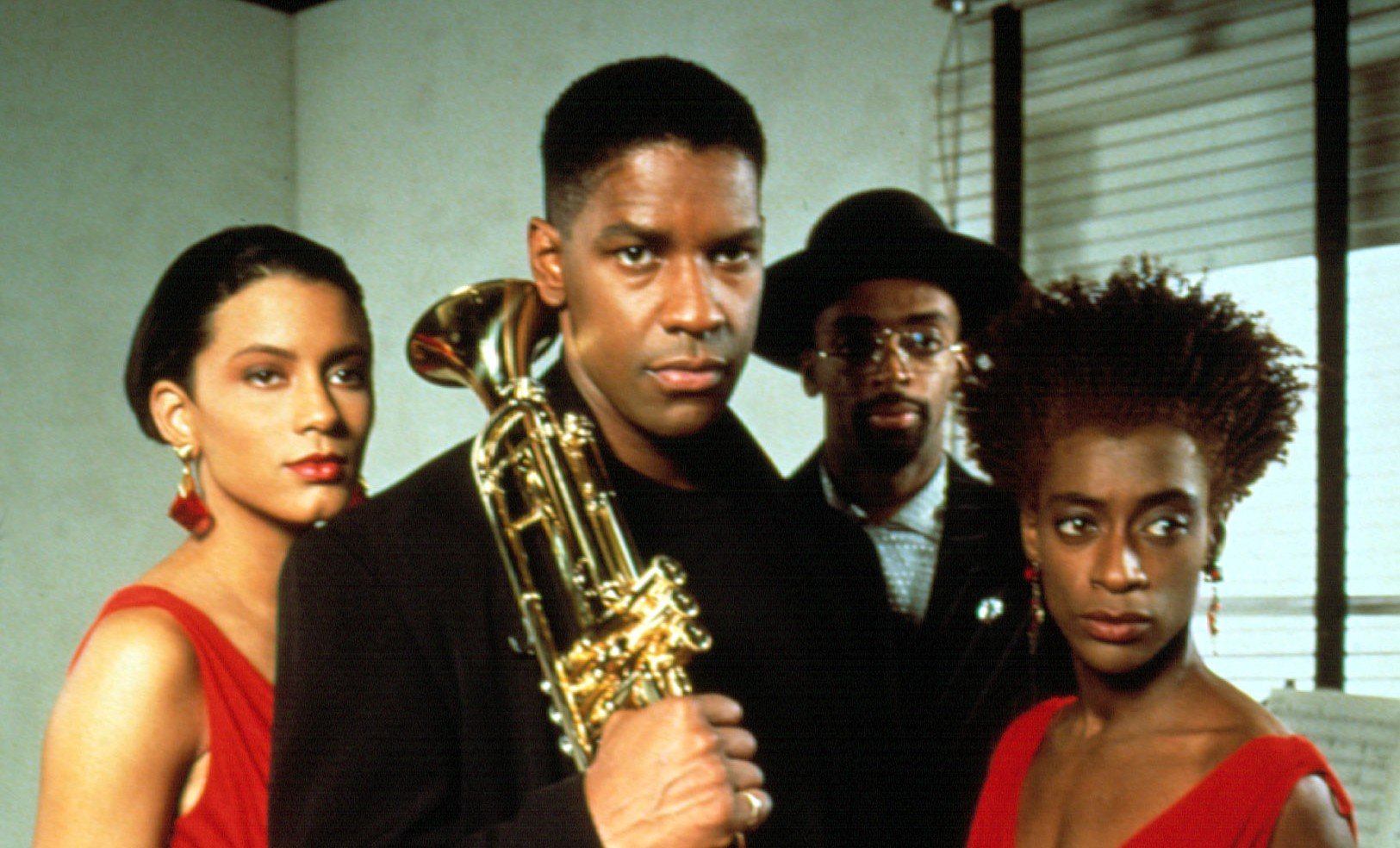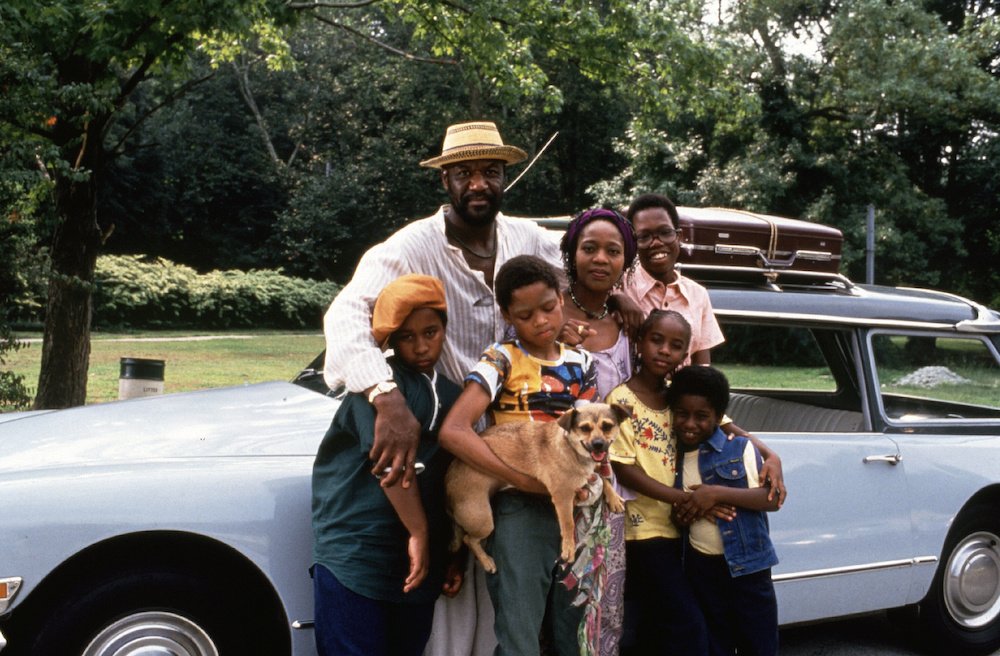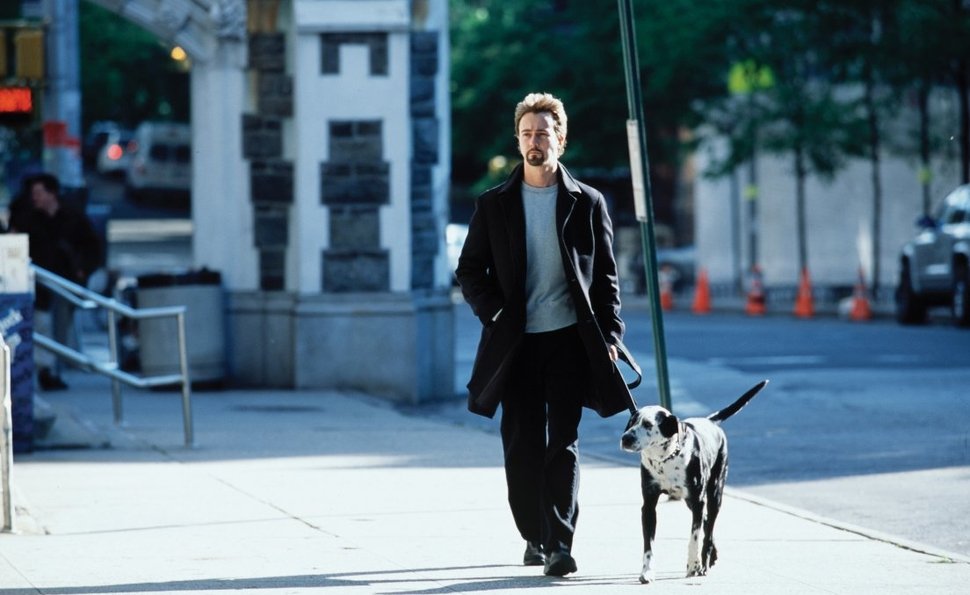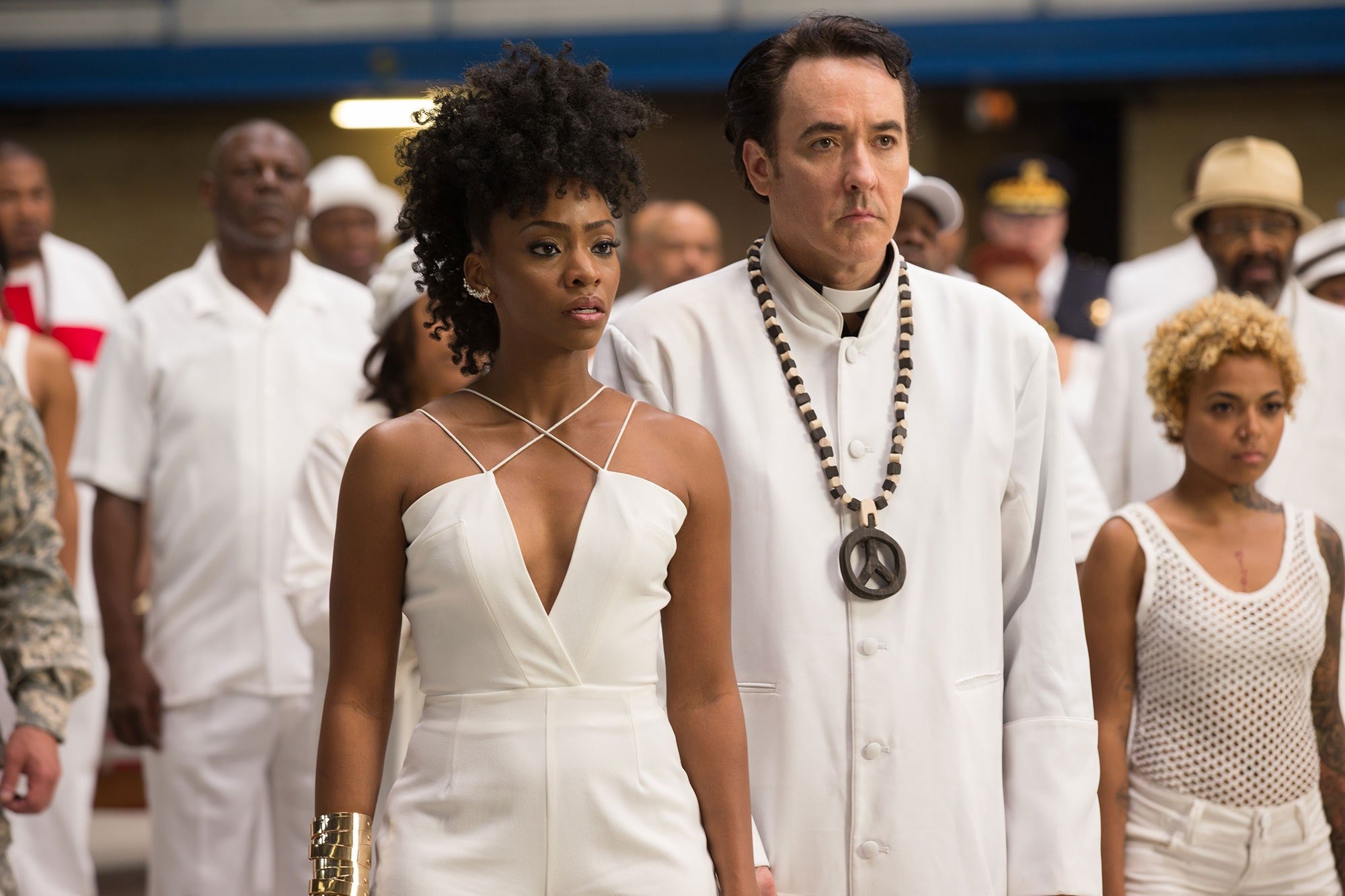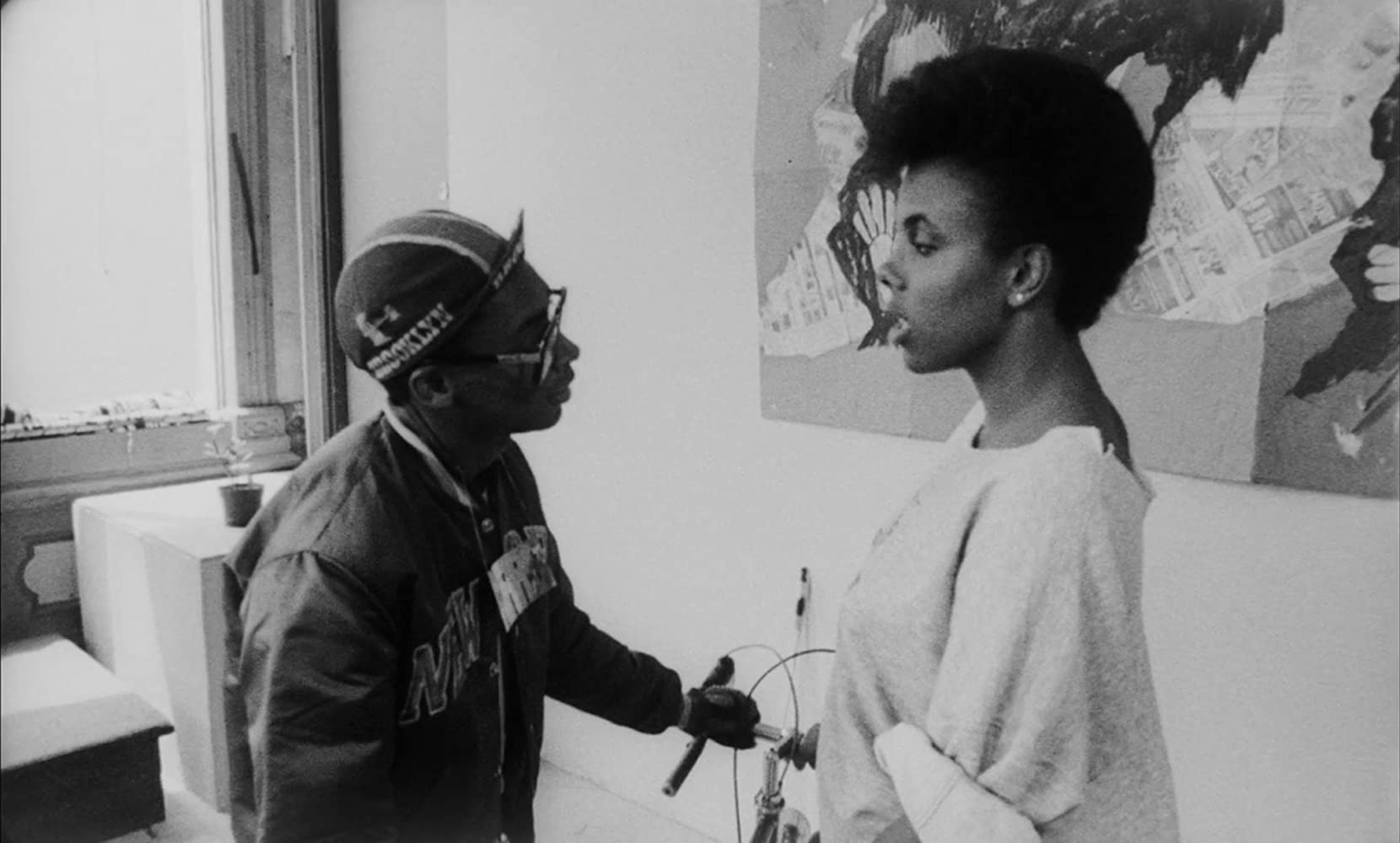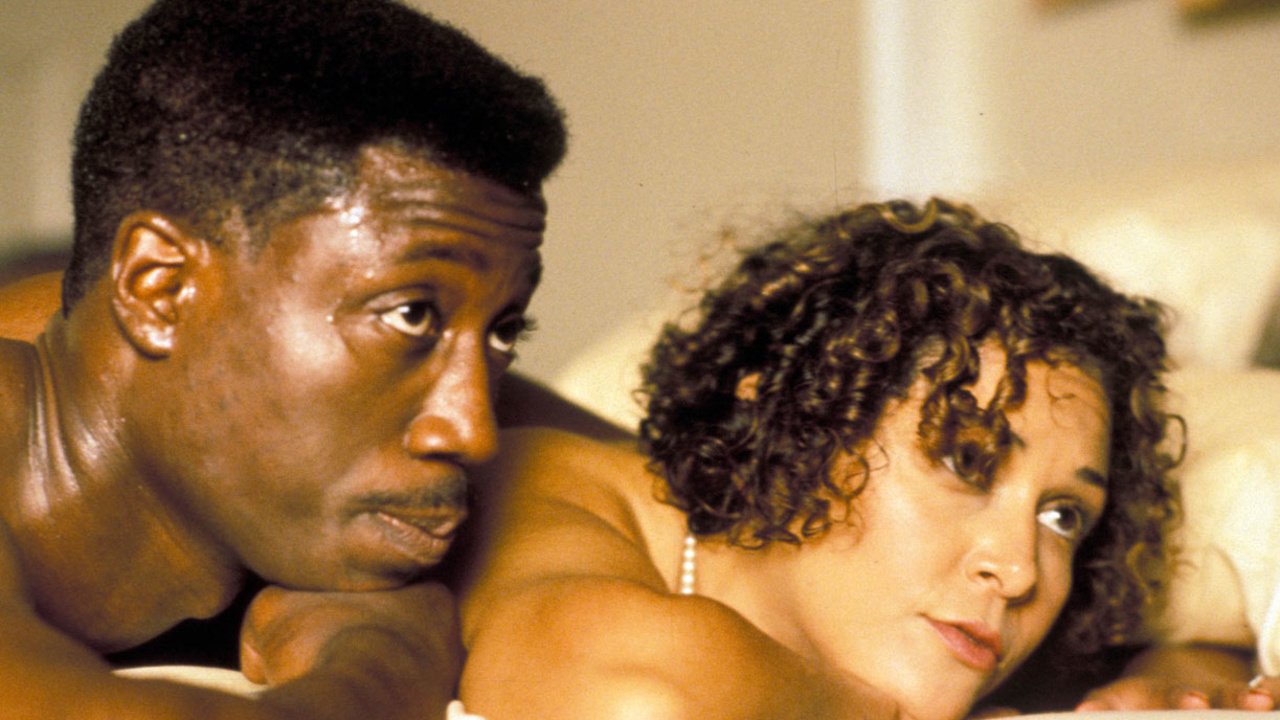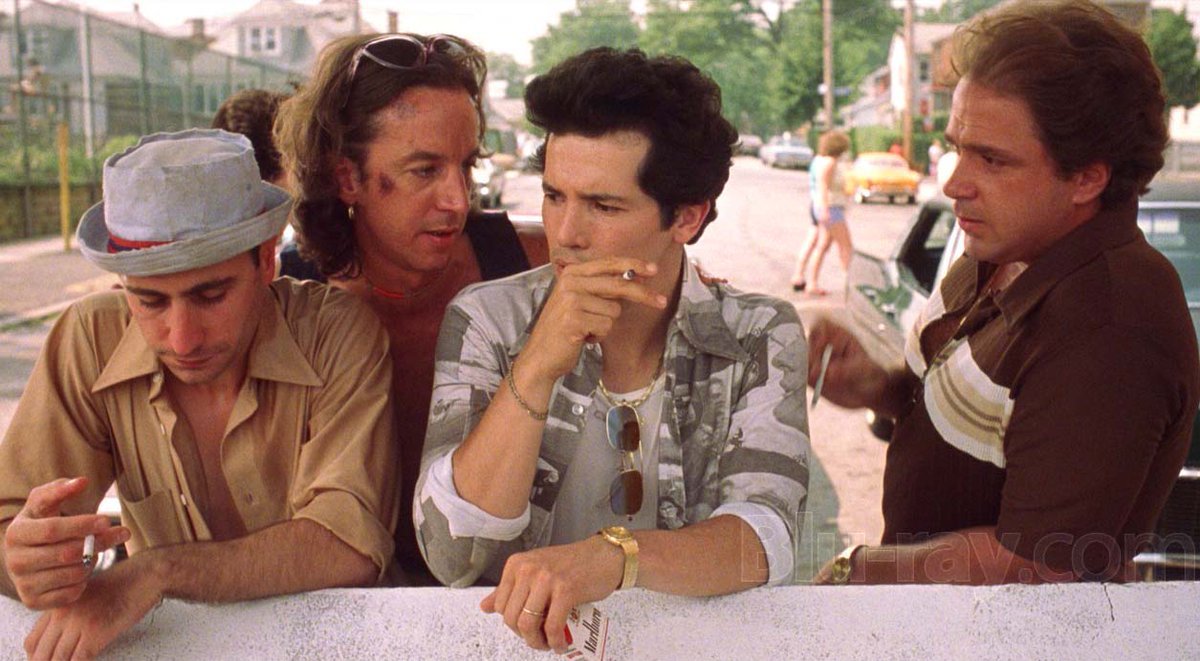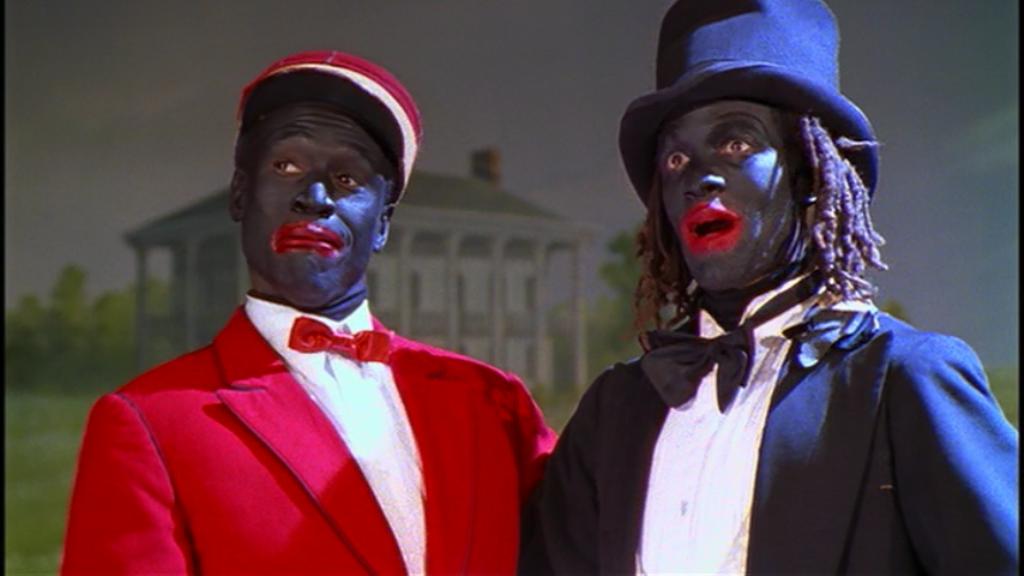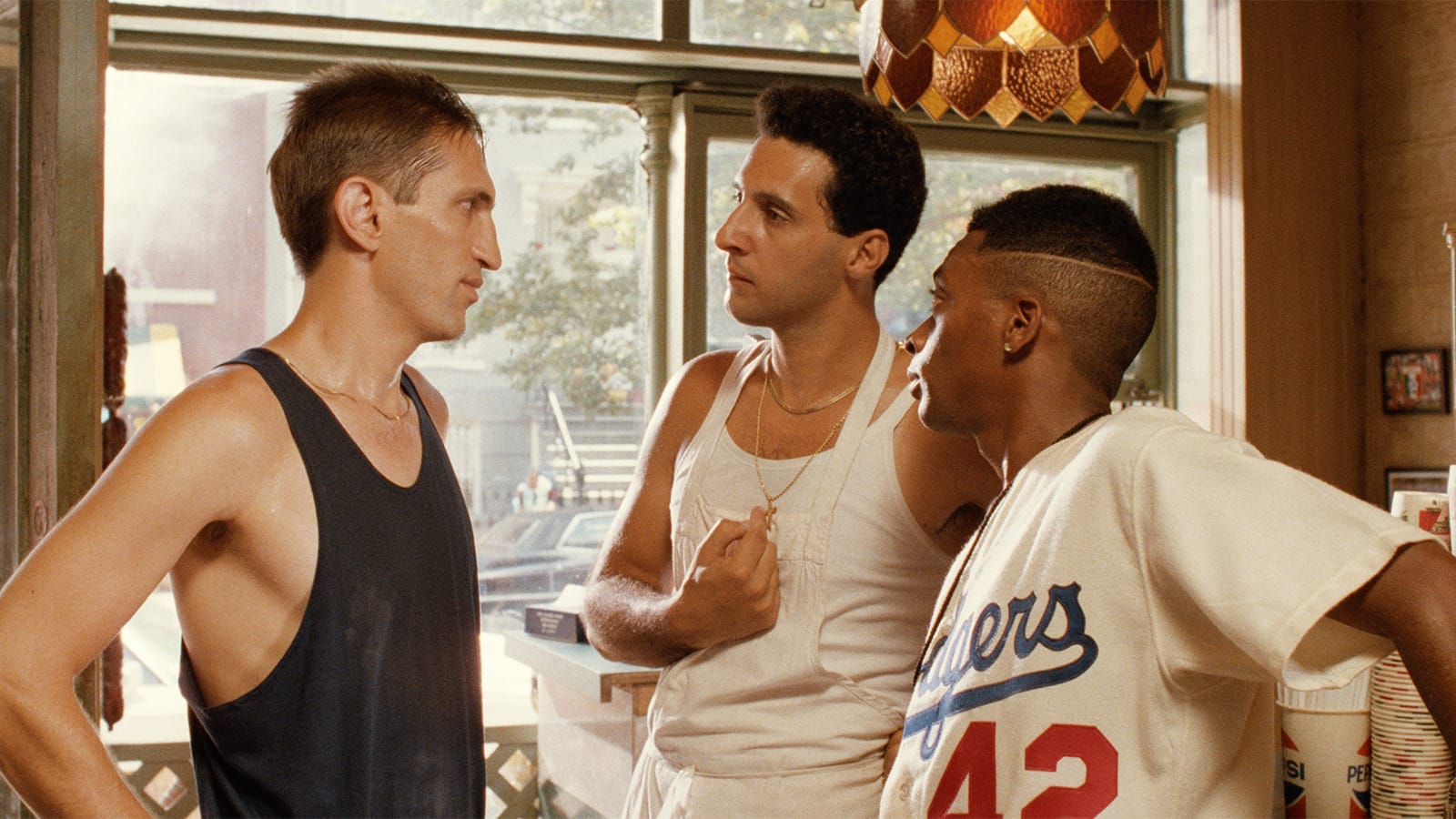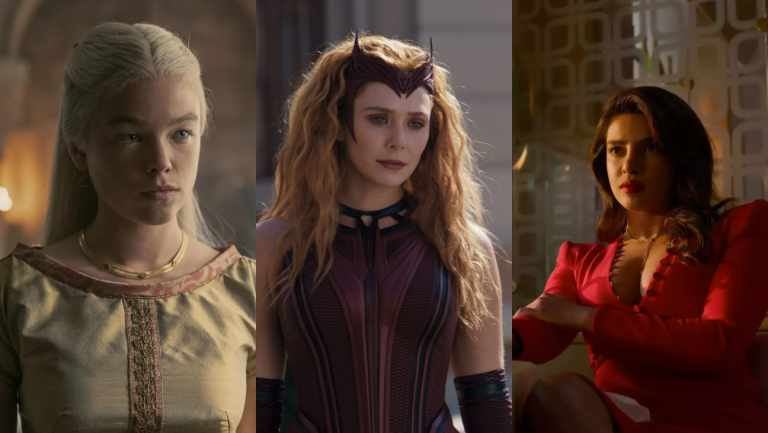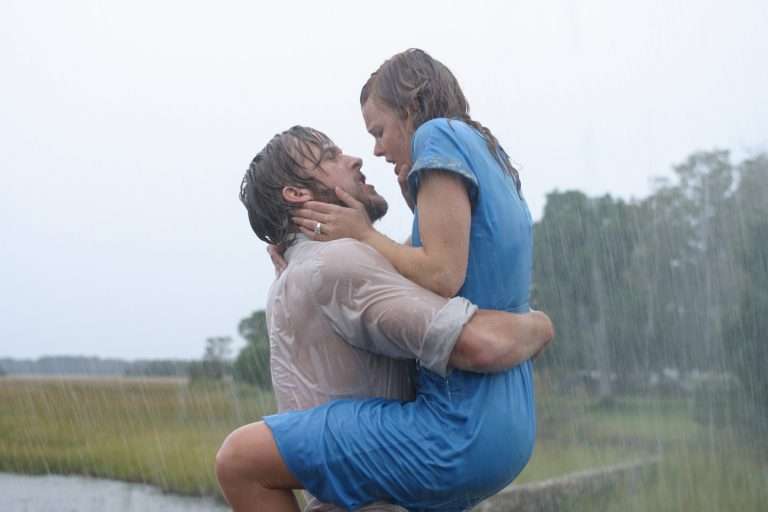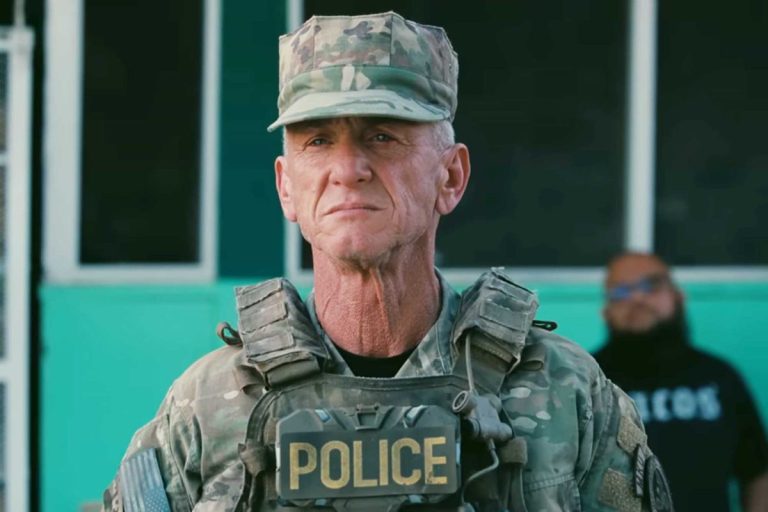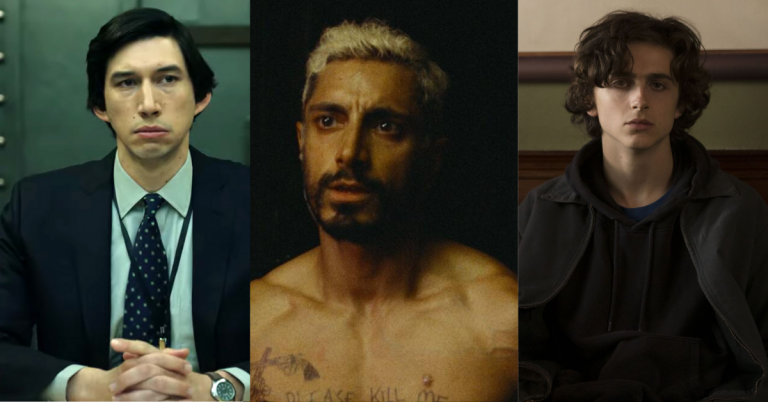Since his debut feature, She’s Gotta Have It (1986) Spike Lee has solidified himself as the most prolific and controversial American filmmaker of his generation. He announced himself on the world stage when Do the Right Thing (1989) premiered at Cannes. In the 1990s, Lee made nine films. Only Woody Allen was a more prolific American filmmaker in that decade.
Since the turn of the millennium, Lee’s filmography has been dotted with hits and misses. However, in recent years Lee has returned to the forefront of America’s consciousness with two successful films BlacKkKlansman (2018), for which he won his first Oscar for Adapted Screenplay. Most recently, Netflix released Da 5 Bloods (2020) during the pandemic, to critical acclaim (acclaim not exactly shared by this writer). What happens next for Spike Lee is anyone’s guess. At 64, his four-decade strong career shows no sign of slowing down. This list is a tribute to a cinematic great, 10 Best Spike Lee Films in descending order:
10. Mo’ Better Blues (1990)
Mo’ Better Blues is a film about dedication and an obsessive commitment to artistry. Bleek (Denzel Washington), an expert trumpet player and leader of the successful nightclub jazz band ‘The Bleek Quintet’. In this film, Lee depicts musicianship as a destructive as well as a creative force. While Bleek doesn’t have the drink and drug addictions usually attributed to cinematic jazz musicians, his life is hampered by his commitment to his form. Nightclub owners hold him to unfair contracts, band managers with gambling addictions need to be bailed out regularly and unreliable bandmates try to steal the stage and his woman. Despite these negative influences, Bleek tries to find happiness in life through mastery. Lee’s film is a reflection on this approach.
Related Read to Best Spike Lee Films: Choose Trainspotting (1996)
Bleek is no perfect character himself. His greedy approach to his love life has left him balancing two lovers, and the jazz community is a small one. Mo’ Better Blues is seen as a low-key entry in Lee’s filmography, coming out off the back of Do the Right Thing (1989). However, its improvised dialogue, long jazz sequences and a typical virtuoso visual style (including a 360 dolly shot as well as his trademark double dolly shot) from Lee makes Mo’ Better Blues an essential Spike Lee joint. A tribute to his father, Bill Lee, a jazz musician who provided the music for the film’s soundtrack.
9. Crooklyn (1994)
If you watch any film from 1970s American cinema, New York is depicted as a grimy, dangerous place. This is not how Spike Lee remembers his Brooklyn neighborhood in his semi-autobiographical film Crooklyn. An opening sequence sees a group of young kids playing street games on an inner-city block. This ignites youthful energy that permeates Lee’s film. It is a nostalgia-seeped look at a more innocent time. At a time when the epitome of violence was a punch to the jaw, the most nefarious drug users were glue huffing burn-outs and shoplifting kids were given a moral lesson rather than being dealt with to the full extent of the law.
Also, Read: A Spike Lee Joint: Crooklyn (1994)
Whether this time ever existed is up for debate, but this is how Lee chooses to depict an episodic look at childhood memories. He wrote the script with his sister Joie and his brother Cinque. Delroy Lindo and Alfre Woodhouse play the parents of the Carmichael clan. Three brothers and a sister are constantly bickering. Woodhouse is a stringent mother who would have no qualms waking her children up in the middle of the night if they failed to do the dishes. Lindo, as the father, is a softer touch, bringing home ice cream and cake. The Carmichael’s are in financial strife which leads to quarrels not only between the children but also the parents. The film is usually played for comedy though, with Lee looking back on this time of his life fondly. Some sequences are brilliantly realized and as the film progresses the only sister Troy, played by nine-year-old Zelda Harris becomes the emotional core.
8. 25th Hour (2002)
25th Hour made its premiere just over a year after the 9/11 terror attacks on Spike Lee’s beloved New York City. To this day it is still considered by many critics to be the greatest film about 9/11. This is not because he deals with the attacks directly, rather Lee weaves feelings of mistrust, apprehension, guilt and fear into this crime drama. He binds the main character Monty Brogan (Edward Norton) to this societal atmosphere. Monty has been caught with a large amount of heroin in his apartment. The premise of the film sees Monty go about his final 24 hours before his due date for incarceration.
Related Read to Best Spike Lee Films: 15 Best Movies That Take Place Within 24 Hours
Monty must make peace with his past, which has led him to a life of crime. He must make peace with his own flaws which have led him to the same. He must manage the paranoia implanted by a colleague that it was his girlfriend that betrayed him to the police. There is a telling scene towards the beginning of the film in which Monty delivers a monologue in a bathroom mirror. He venomously barks ‘Fuck You’ to every ethnicity and stereotype he can think of associated with New York City. It is a provocative scene when taking into account the time the film is released. However, the scene culminates with Monty’s realization that he is going to jail because of his own individual greed, and the rant that came before it was misdirected self-loathing.
7. Chi-Raq (2015)
In the first frame of Chi-Raq, Spike Lee hits us with a graphic of America as one would see it on a map. It is red, white, and blue and made up entirely of guns. Nick Cannon’s ‘Pray 4 My City’ is playing and each line is punched up on screen before dissolving for the next one. In the song written specifically for the film, Cannon laments the escalation of gun violence in Chicago while also leaving the listener in no doubt that he is proud of his home city. Following this, sirens are heard ‘THIS IS AN EMERGENCY’ is flashed in red on a black screen. Then some unbelievable statistics: 2001-2015 2,349 American deaths in the Afghanistan War. 2003-2011 4,424 American deaths in the Iraq War. 2001-2015 7,356 murders in Chicago.
Related Read to Best Spike Lee Films: A Spike Lee Joint: Chi-Raq (2015)
The political tone is set. Lee is tackling America’s gun crisis, and more specifically the impact that the crisis has had on the black communities of Southside Chicago. Lee, however, is not interested in presenting this story as a straight drama. He and screenwriter Kevin Willmott base their story on the classical Greek comedy Lysistrata. Originally performed in 411 BC, Lysistrata’s plot sees women withhold sex in order to end the Peloponnesian War. The characters deliver their dialogue in verse and so Chi-Raq becomes a musical comedy drama about the serious issue of gun violence. It is both witty and immediate. When females take up the slogan ‘No Peace, No Pussy’ gang members from both the ‘Trojans’ and the ‘Spartans’ must decide what really motivates them and if all the hate is really worth it in the end.
6. She’s Gotta Have It (1986)
She’s Gotta Have It is Spike Lee’s first feature film. Self-financed, it has guerilla filmmaking aesthetic, which adds to the film’s raw power as this work identifies a young and passionate filmmaker, brimming with ideas. The focus of She’s Gotta Have It is Nola Darling (Tracy Camilla Johns) a sexually liberated artist living in Fort Greene, Brooklyn. She openly dates three men, who can’t seem to get enough of her sexual power but only want her to themselves. Jamie Overstreet (Tommy Redmond Hicks), a well-educated, sensitive type, Greer Childs (John Canada Terrell), an upwardly-mobile male model, and Mars Blackmon, played by Spike Lee himself, a Nick’s fan with a case of arrested development.
Related Read to Best Spike Lee Films: A Spike Lee Joint: She’s Gotta Have It (1986)
Nola likes all three men for different reasons, Jamie for his romanticism, Greer for his body, and Mars for his sense of humor. However, she is not willing to choose between them. In many 4th wall breaks, the men make insecure pleas as to why Nola should be loyal to them. The problem is Nola doesn’t want to be tied down or placed into any societal role. It is her individuality and independence that define her. She’s Gotta Have It was praised at the time of release for having a strong, autonomous, black woman in a leading role, and for depicting black people just leading an everyday existence, not falling into any cultural stereotype. There is also an early sign of Lee the provocateur. Many since have criticized a scene towards the end of the film (which won’t be spoiled here), but Lee has always said that it is up to his audience to determine the meaning behind his films. Does he over-step the provocative to the problematic? Find out for yourself.
5. Malcolm X (1992)

Lee begins his epic biopic of Malcolm X by intercutting the beating of Rodney King (which happened only a year previous) with an image of the American flag. Over this the audience hears one of Malcolm X’s impassioned speeches, ‘I charge the white man with being the greatest murderer on earth’, Malcolm X rings out as the American flag eventually burns into an X shape. Lee does this because he does not want his audience just to think about this film as a recount of the past, but also how the past depicted in the film has an impact on what was currently going on in the United States. The past is never the past when it comes to the Civil Rights movement as long as brutality between races still exists.
Related Read: Who Killed Malcolm X (2020) Netflix Review: A Look Into The Life, Assassination, and Enduring Legacy of the Afro-American Activist
Malcolm X remains arguably Lee’s most ambitious project, 3 hours and 20 minutes long and spanning four decades of Malcolm X’s life. Lee sets out to capture the many stages of Malcolm X’s life. From hustling on the streets of New York, leading to his incarceration, to his devotion to the Nation of Islam and his eventual disillusionment with the organization. Lee films his early years with energy that encapsulates a young man trying to find his place in society. A crane shot lifted straight from a 1940s noir stoops down to find Malcolm Little, played throughout the film by Denzel Washington, skipping across the street in a pin-striped suit and an oversized fedora hat (known at the time as a zoot suit, I believe). The filmmaking gets progressively calmer and more meditative the more its subject and themes get politicized. Malcolm X is a time investment but it is one of cinema’s more rewarding depictions of a real-life character.
4. Jungle Fever (1991)
Jungle Fever is slang for a person’s preference for a sexual or romantic relationship that is interracial. Flipper Purify (Wesley Snipes), a black, seemingly happily married, architect has an affair with his assistant, Angie (Annabella Sciorra), an Italian-American. They bond, burning the midnight oil and eating Chinese food in the office. Lee doubles down on the differences between them. Flipper is a middle-class Harlemite. Angie is from a working class home in Bensonhurst. They live approximately 30 kilometres away from each other, yet their worlds could not be more different. Angie is staying late because if she goes home too early she will have to cook for her father and two brothers, this way they will ‘get a McDonald’s’. Flipper, ambitious type, scoffs at these ‘grown men who can’t look after themselves’.
Also, Read: Malcolm and Marie (2021) Netflix Review: The Bittersweet Realism of Love
This does not stop their feverish attraction for one another. It turns both parties’ lives upside down. Flipper does not want to leave his wife, but he may have no choice. Angie takes a beating from her father in one of the more harrowing scenes of Lee’s oeuvre. The tragedy and negative consequences from this union seem to suggest that this film is a fable about racial homogeneity. However, with Lee it is never that simple. He populates his film with flawed characters from both sides of the racial divide. No one is safe from Lee’s critical eye, save for Paulie (John Tuturro), Angie’s former lover. Paulie is the film’s most sympathetic character by a distance. A learned, pacifist who feels stuck and sick of all the racist bullshit that surrounds him. His blossoming friendship and possible romantic relationship with Orin Goode (Tyra Ferrell), a black woman who frequents his cornershop, is angelic compared to the intense racism Lee subjects his audience to for the majority of the film.
3. Summer of Sam (1999)
In Summer of Sam Lee encapsulates the mayhem, hysteria and paranoia that engulfed New York City and it’s people in the summer of 1977. During this summer The .44 Caliber Killer aka The Son of Sam was on the loose. There was a citywide blackout that led to looting and hundreds of millions of dollars in damage. Add to this an unbearable heatwave beating down on the cities’ already frightened and confused melting pot. Unlike most serial killer films, Lee decides to take his attention away from the Son of Sam. Sure, he is an evil presence that lingers over the film, but he only serves to highlight the prejudice and paranoia that already existed within the city. His main focus, an Italian-American neighbour in the Bronx.
Related Read: A Spike Lee Joint: Summer of Sam (1999)
Vinny (John Leguizamo) is a hairdresser who habitually cheats on his wife (Mira Sorvino). He is seriously conflicted between religion and what is expected of him by society and his insatiable sexual appetite. He confides to his best friend Ritchie (Adrien Bordy) ‘I enjoy anal sex, ‘69’, I’m not gonna do that shit with my wife’. Lee cleverly links Vinny’s marital indiscretions with the Son of Sam early in the film. Vinny’s selfishness and paranoia is tied to the serial killer throughout. A second conflict Lee, along with his fellow screenwriters Micheal Imperioli and Victor Colicchio set-up is between Ritchie and the Dead End gang, led by Joey T (Michael Rispoli). Ritchie has been swept up by the emerging Punk culture in New York at the time. With his spiky hair, dog collar and tight Union Jack t-shirt, Richie is immediately othered by the Gang. Unfortunately for Ritchie, the gang are on their own vigilante mission to find the Son of Sam and bring him to justice.
2. Bamboozled (2000)
Pierre Delacroix (Damon Wayans) is a television writer for the fictional network CNS. He is tasked with coming up with an idea for a new hit ‘black’ television show. Delacroix is highly educated, he has an affected accent and has changed his name from Peerless Dothan. To be successful in the television industry, Delacroix has seemingly felt the need to renounce his ‘blackness’. Much to his ire his boss, Thomas Dunwitty, played by a pasty white, ginger-haired Michael Rapport considered himself to be ‘blacker’ than he is. He tells Delacroix that ‘I grew up around black people my whole life…my wife’s black…I know ‘niggers’ better than you.’ Delacroix has had enough, and decides to self-sabotage, taking his boss with him. He pitches a television program called Mantan: The New Millennium Minstrel Show. The buffoonish Dunwitty laps it up.
Related Read to Best Spike Lee Films: 10 Great Movies You Can Watch On HBO Max Right Now
To Delacroix’s astonishment, so do audiences and critics alike. Mantan, centers around its titular character, played by Savion Glover in blackface, and his sidekick Sleep n’ Eat, played by Tommy Davison, also in blackface. The show is set on a watermelon patch, Mantan tap dances and the pair get into all sorts of bother, including being chased around a chicken coup by an old man with a shotgun. The sign above the stage says APPLAUSE, the live audience applauds. The sign above the stage says HOWL!, the live audience hoots and hollers. Mantan is a sensation. Bamboozled is Lee at his most challenging. It is a satire, there are some laughs, but it is mostly a savage takedown of how the entertainment industry in the United States has portrayed blackness throughout history into the present day.
1. Do the Right Thing (1989)
‘Hey Sal, how come there are no brothers on the wall?’, so says Buggin’ Out (Giancarlo Esposito) before Lee cuts to black and white pictures of famous Italian-American actors, Al Pacino and Robert de Niro. It’s Sal’s (Danny Aiello) pizzeria, he gets to decide who goes on the wall. However, his pizzeria ‘Sal’s Pizzeria’ is located in a black neighborhood of Bedford-Stuyvesant, Brooklyn. Predominantly black customers fund his living. You can see both sides of the argument. This is what has made Do the Right Thing such a lasting and constantly relevant piece of art. The dialogue can open up for it’s viewers. The argument between Buggin’ Out and Sal has escalated from Sal’s charging 50c for extra cheese and ends up with Buggin’ Out rallying for a boycott of ‘Sal’s Famous’.
Also, Read: X + Y: A Beautiful Young Mind (2014) Review
Should the residents of Bed-Stuy take the advice of local DJ Senor Love Daddy (Samuel L. Jackson) and ‘Chill the fuck out!’? They won’t and they can’t, because it’s the hottest day of the year. Youth’s are cracking fire hydrants to stay cool, elders seek the cool of the shade and refreshing cans of Miller, although they are all out of High Life. On a day like today, extra cheese can turn into a race riot. Just like any other day, come to think of it. However, it’s not exactly realism Lee is after with his indisputable masterpiece. His stagey direction places his audience at a distance. He wants us to evaluate what we are watching. Back and forth editing quickens and tensions rise and disperse until the cork can no longer stay on the bottle. Do the Right Thing is not only the best film on this list, it would be a serious contender on an ‘All-Time’ compilation. Essential viewing.


